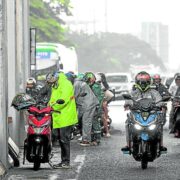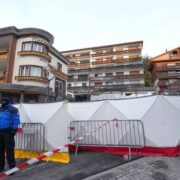Learning, rising from ‘Yolanda’

TACLOBAN CITY—The same horrendous experience but with different solutions.
Two local governments have taken different tacks against storm surges that devastated their communities during the onslaught in 2013 of Supertyphoon “Yolanda” (international name: Haiyan), the world’s strongest typhoon on record to hit inland.
Residents of Barangay Carmen (population: 895 per 2020 Census), a small coastal village in Hernani town in Eastern Samar province, have been replanting mangroves, considered natural barriers against storm surges and floods, to replace those that villagers had cut prior to Yolanda.
But in Leyte’s capital city, Tacloban, considered the ground zero of Yolanda’s devastation, the community’s defense against storm surges heavily relies on a massive tide embankment project which has been dubbed as “Great Wall of Leyte,” said to be one of the biggest in the country.
The P12.17-billion project, however, faces opposition from environmental group because of fears that it will displace coastal and fishing communities.
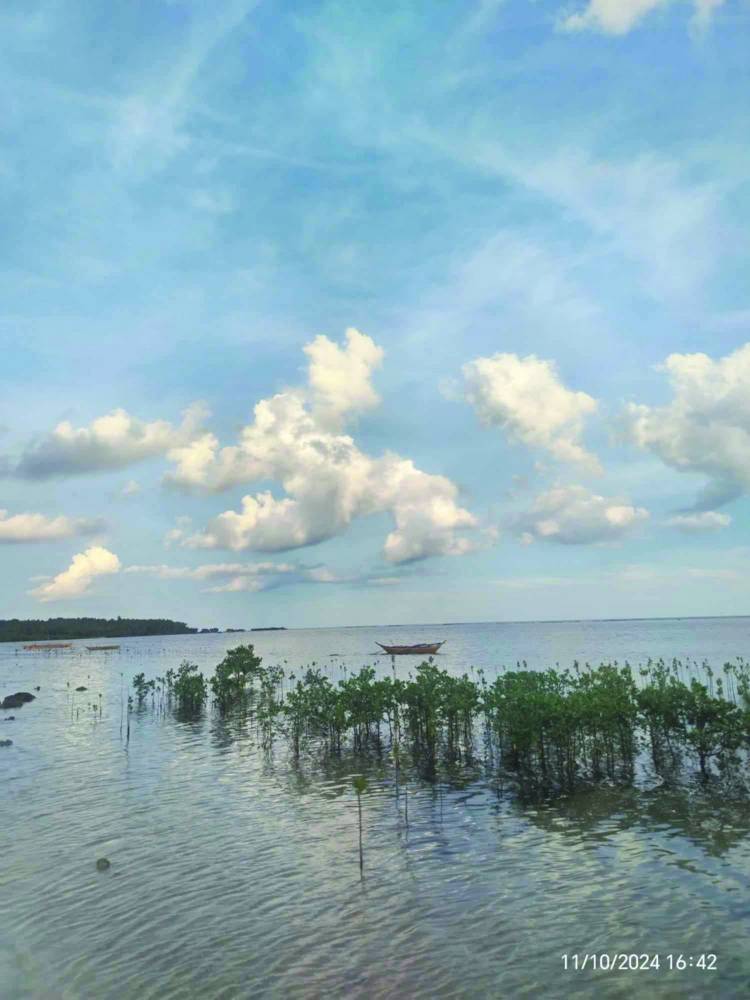
Taken for granted
Mangroves used to line the coastal area of Carmen but residents cut these down for firewood even if they were aware that these were natural barriers, said Marcelina Candido, 66, village councilor of Carmen in Hernani.
“Children sometimes uprooted [the mangroves] and played with these,” she said.
By the time Yolanda unleashed its wrath in Eastern Visayas region on Nov. 8, 2013, only few mangroves were left.
Smarting from what happened during Yolanda, residents of Carmen have started replanting the mangroves using the propagules provided by the local government, the Department of Environment and Natural Resources and different nongovernmental organizations.
“People in the village now understand the importance of mangroves. They act as shields against storm surges and rising sea levels,” Candido said.
Carmen resident Helen Cantay has been joining in the village’s mangrove reforestation project.
“I joined the effort because I realized that mangroves can protect us from storm surges. We have also noticed an increase in fish in the sea since the mangroves have been restored, which has helped our fishermen,” she shared.
Candido said their mangrove cover has reached at least a hectare since replanting started in 2014.
Fisherman George Macawile, 42, said they were all happy that mangroves along the shoreline facing the Pacific Ocean have slowly come back to life.
“The mangroves are now home to fish like small barracuda and “galunggong” (round scad). At least we don’t need to go far [out to sea] to catch fish,” said the father of four.
Macawile, however, said the volume of fish caught within the mangrove patches were lower compared to years before Yolanda struck.
“Before Yolanda, our daily catch could exceed 10 kilograms. Now, it has just between 5 and 6 kilos,” he said, but noting that the mangrove cover has yet to fully mature.
While Carmen residents rely on mangroves for coastal defense, those in Tacloban City depend on a massive tide embankment for protection.
New tourism spot
The construction of the tide embankment, located 30 meters from the shoreline, began during the administration of the late former President Benigno Aquino III and continued through the terms of former President Rodrigo Duterte and President Marcos.
According to the Department of Public Works and Highways in Eastern Visayas (DPWH), the project was 63.97 percent complete as of October this year.
The project spans 38.64 kilometers from Barangay Diit in Tacloban through Palo and Tanauan towns in Leyte, aiming to protect communities from storm surges—the primary cause of the 2,200 deaths in Tacloban during Yolanda.
Edgar Tabacon, DPWH regional director, is hoping that the 4-meter high structure will be completed soon.
Since its inception in 2016, the national government has allocated over P9 billion for the project.
The “Great Wall of Leyte” features reinforced concrete slope protection on a steel sheet pile foundation, with bike lanes, railings, ramps, street lights, box culverts with stainless steel flap gates and river gates with actuators.
Clarita Villalino, 56, village chief of Barangay 90 in San Jose district, welcomed the construction of the tide embankment.
“While we haven’t faced another typhoon [as strong as] Yolanda since the project’s construction, it gives us some peace of mind. At the very least, it can help break the force of incoming water,” she said.
Villalino admitted that residents initially resisted the project out of fear that it might affect their fish catch, a main source of livelihood.
“But later, they realized that saving lives must take priority over the impact on livelihood. A life lost is lost forever,” she added.
Her barangay was one of the hardest hit with 56 fatalities—over 10 of whom were never found. The storm surge reportedly reached up to 6.09 meters (20 feet) in the village.
But the construction of the massive structure has been opposed by the Center for Energy, Ecology and Development (CEED) due to what it calls as displacement of coastal and fishing communities.
“For a city devastated by an extreme weather event resulting from a destabilized climate, the last thing it needs is to further undermine its adaptive capacity to climate impacts,” Jose Pedrosa of the CEED said in a statement.
Aside from protecting the coastlines, the tide embankment has also become a tourist attraction.
Villalino noted that out-of-town visitors come to see the structure.
“Some people take photos. Others go there to exercise or jog,” the village leader said. “Many (people) simply come to enjoy the fresh air.”
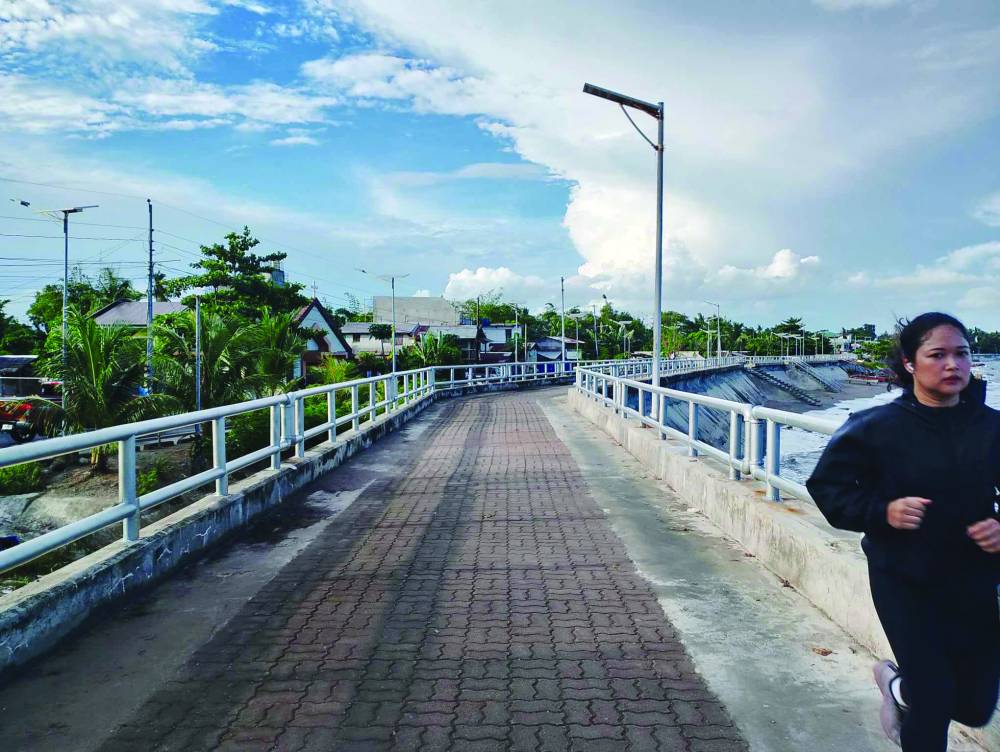
Disaster preparedness
Aside from the embankment, the city has also established three permanent evacuation centers –two in Barangay Abucay and one in Barangay Cabalawan—to reduce the reliance on schools during disasters to prevent disruptions of classes.
Aside from these, 123 buildings have been identified as evacuation centers, which include public schools, barangay halls and churches.
“We only use schools as evacuation centers when our permanent ones are full. In total, these centers can accommodate about 5,000 people,” said Rizalyn Ariza, an administrative officer of the City Disaster Risk Reduction and Management Office.
The city, Ariza said, is also conducting regular drills and community awareness initiatives.
Tacloban City Mayor Alfred Romualdez highlighted ongoing flood control projects designed to drain excess water into the sea during typhoons and heavy rains.
“Typhoons now bring massive volumes of water, leading to severe flooding. But we are learning and adapting,” Romualdez said.
“Of course, we should never forget the power of prayer. The prayers of many helped us endure Yolanda,” he added.
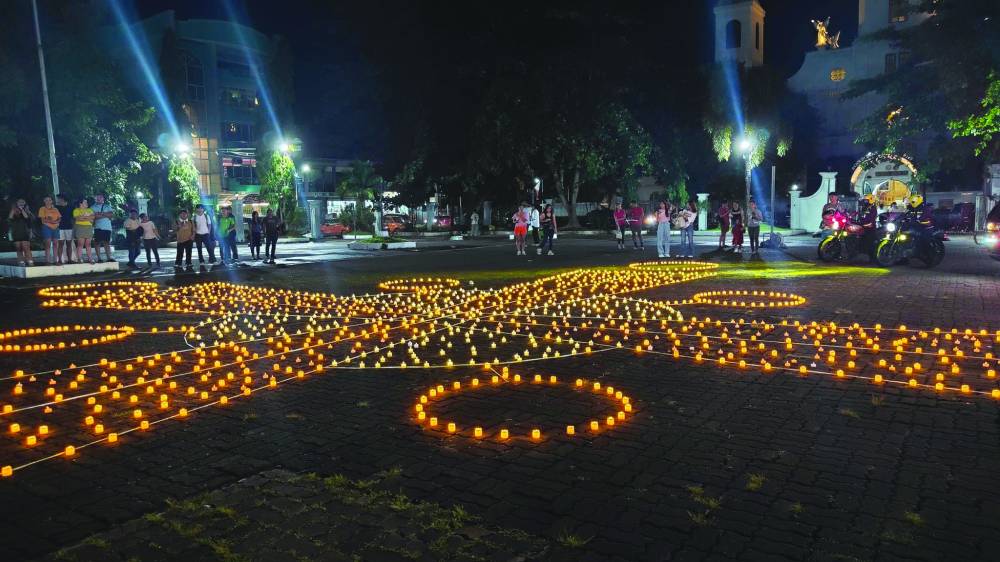
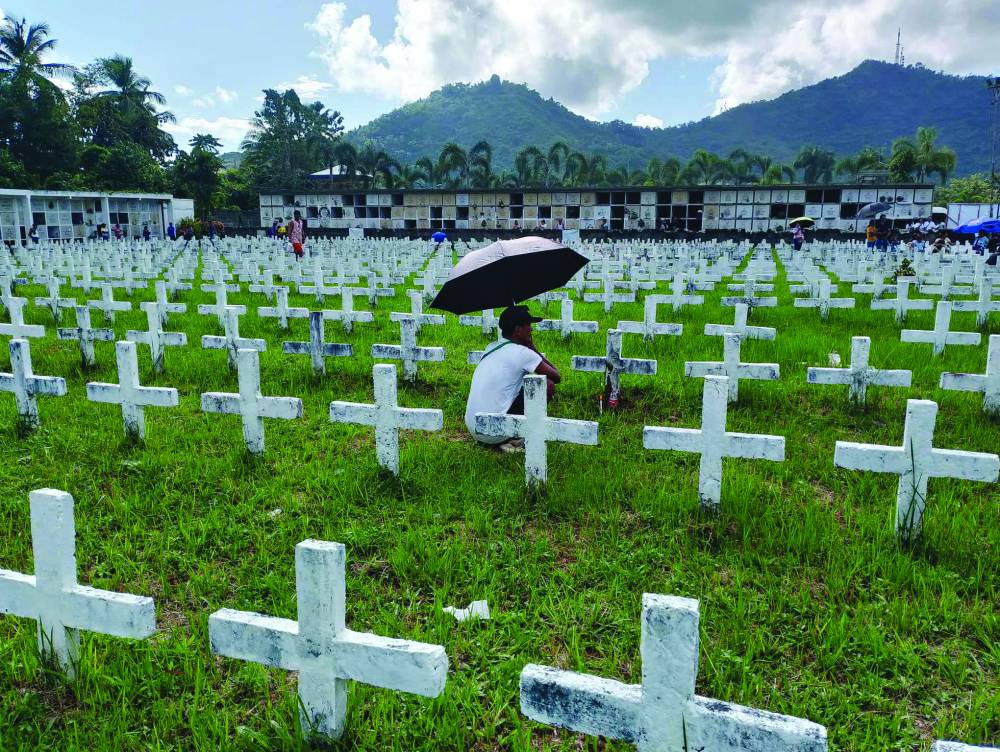
During the 11th anniversary of Yolanda on Nov. 8, government officials led by Romualdez and relatives of victims and other residents gathered at the Holy Cross Cemetery in Barangay Basper to honor those who perished in the tragedy.
“Some ask if we will still commemorate this tragedy 15 or 20 years from now. My answer is yes,” Romualdez declared. “We do this to ensure that future generations never forget the lessons of Yolanda.”
The mayor said these lessons are even more relevant today, as the country faces increasingly frequent and intense typhoons.
“Our focus must be on preparedness,” Romuladez said. “When we’re ready for stronger and deadlier storms, we can help the government save on rescue and rehabilitation costs.”





